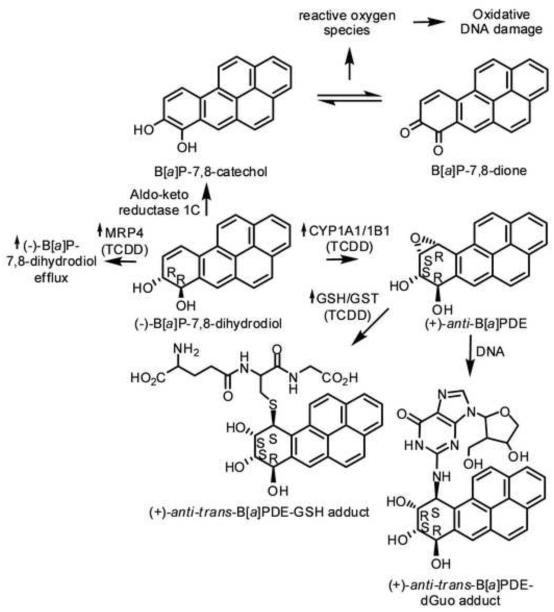Fig. 1. Pathway of B[a]P Adduct Formation.
Metabolism of the proximate carcinogen (−)-B[a]P-7,8-dihydrodiol to the ultimate carcinogen (+)-anti-B[a]PDE by CYP1A1/1B1 and to B[a]P-7,8-catechol by aldo-keto reductases of the 1C family. (+)-anti-trans-B[a]PDE is able to enter the nucleus and form the DNA-adduct (+)-anti-trans-B[a]PDE-dGuo. Alternatively, (+)-anti-trans-B[a]PDE can be detoxified through GST-mediated GSH adduct formation. B[a]P-7,8-catechol can redox cycle to B[a]P-7,8-dione, which generates reactive oxygen species that can cause oxidative DNA damage.

